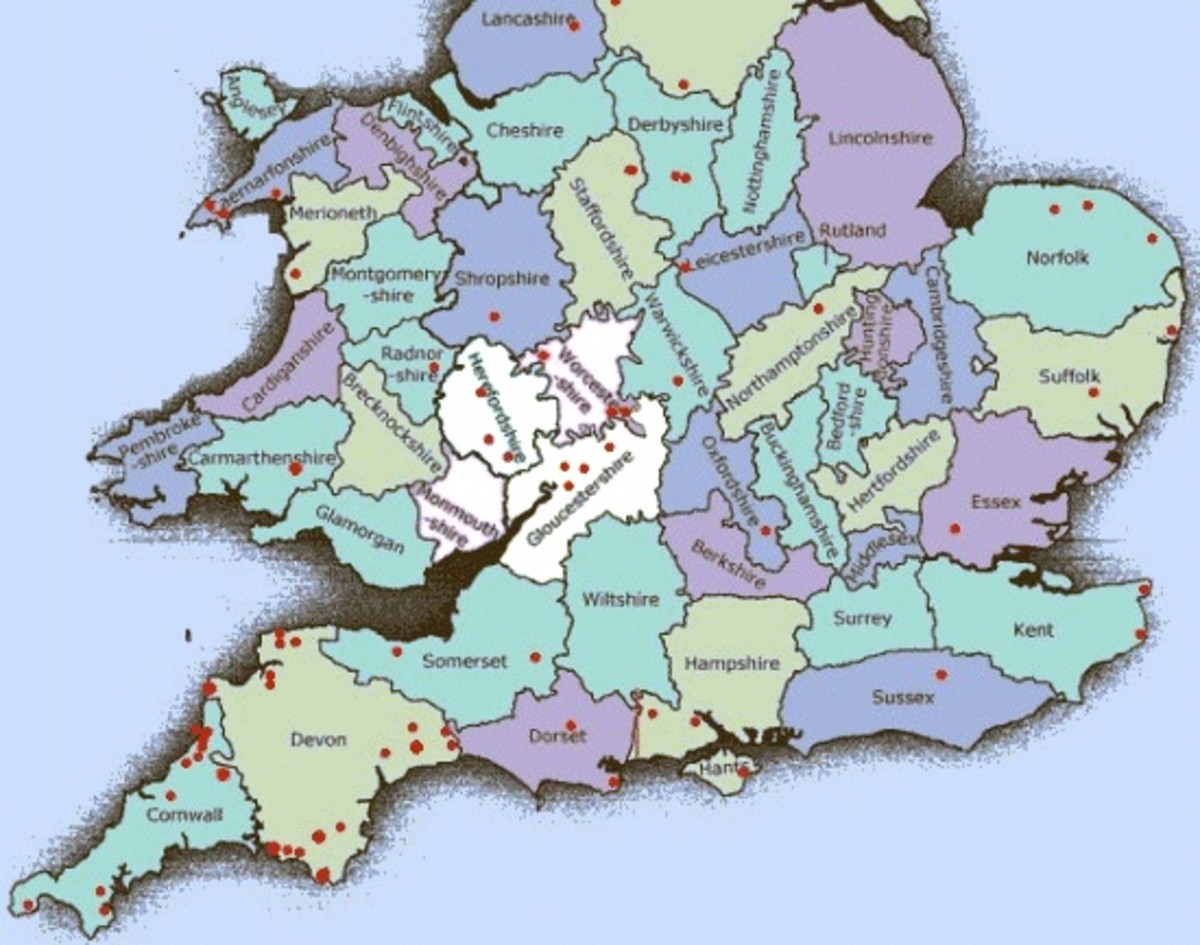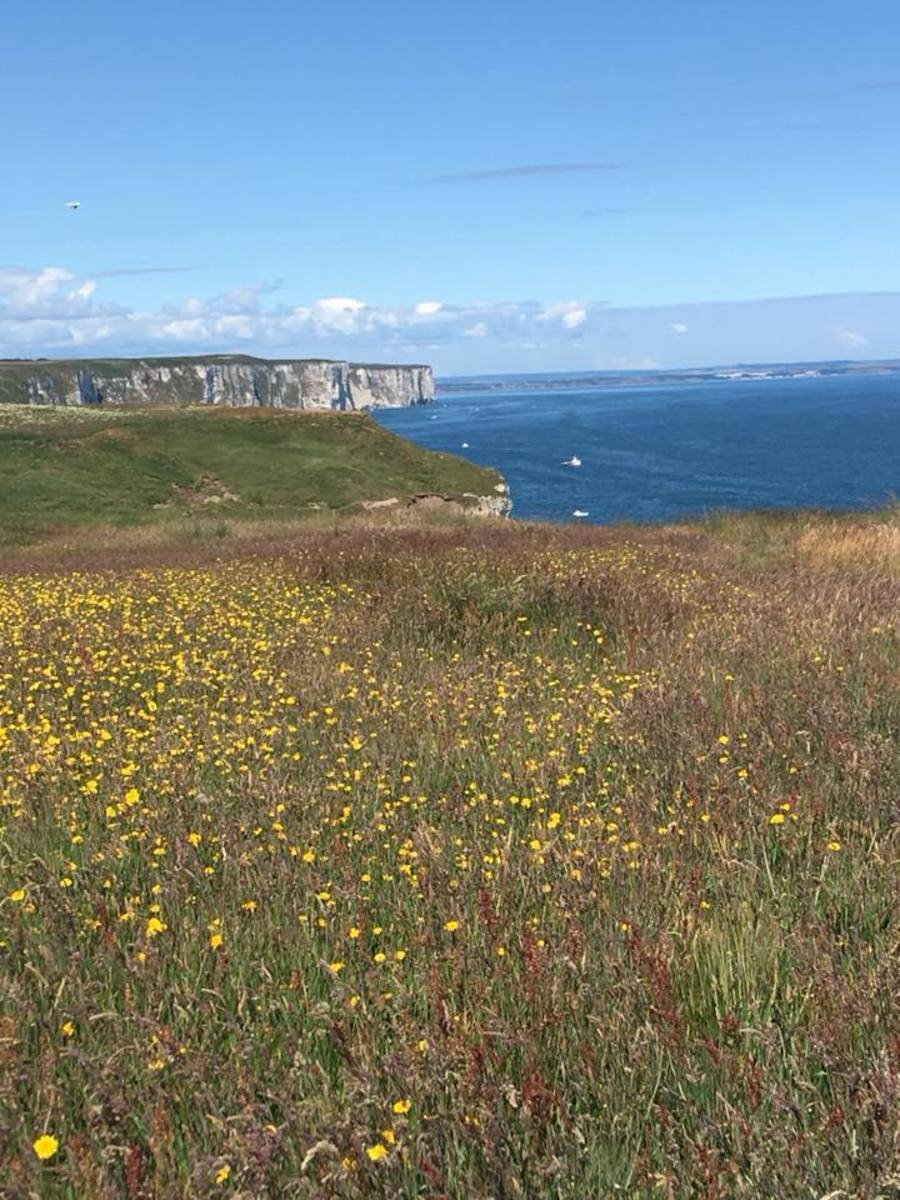- HubPages»
- Travel and Places»
- Visiting Europe»
- United Kingdom»
- England
Kitesurfing in Cornwall
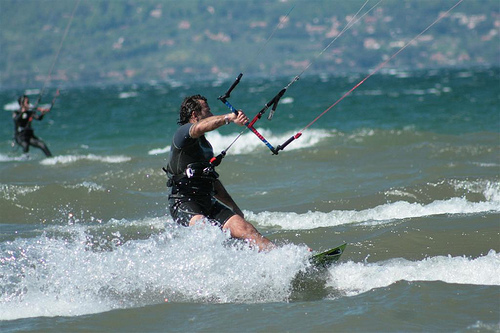
If you’re into extreme water sports, kitesurfing might be just the adrenalin rush you’re looking for. Skimming across the top of the Ocean and waves, before leaping into the air supported by a kite, takes quite a bit of skill to do well – but with some lessons and practice you can add kitesurfing to your list of water skills
Whether you call it kitesurfin or kiteboarding, it’s the same thing, a water sport where the wind pulls you through the water on a short surfboard. You can choose to be pulled along the water by the kite and leave it at that, or if you’re into extreme water sports, you can take it one level higher and ride big waves. The boards are slightly different – and which you choose depends how much of an adrenaline junkie you are!
Kitesurfing is now more popular than windsurfing – it’s certainly easier to learn the basics and it’s much easier to transport the equipment about.
With kitesurfing it’s all about skill and technique, not strength – kitesurfing is fast becoming the extreme water sports choice of women. It’s your body weight that does the work, not your strength
Some kitesurfing boards have footstraps on them, some don’t; these are referred to as bindings. Obviously if you’re attached to the board with footstraps it can make things easier when you leap off a wave into the air, but sometimes being attached to the board might give you difficulties. Whether you use footstraps or not is something you’ll decide for yourself once you’re competent and know what kind of kitesurfer you are.
For kitesurfing you don’t have to be able to surf first, of course, if you do have any other board sports skills or experience it’ll help you to become proficient in kitesurfing a little quicker, but you can come into kitesurfing as your first board sport.
Being able to fly a kite is also not something you need to be able to do. Kites used in kitesurfing are so massive by comparison, that they’re a completely different thing to the kind of small kites you see people flying.
Ideally, if you’re going to do some kitesurfing, you need to think about what you’re trying to achieve. A half day lesson is a lot of fun – you’ll learn some basics and be able to experience the thrill of the water and kite combined, but if you actually want to learn kitesurfing so that you can buy your own kitesurf and go out all the time, then it’d take you about a week of practice to feel and look like you know what you’re doing out there.
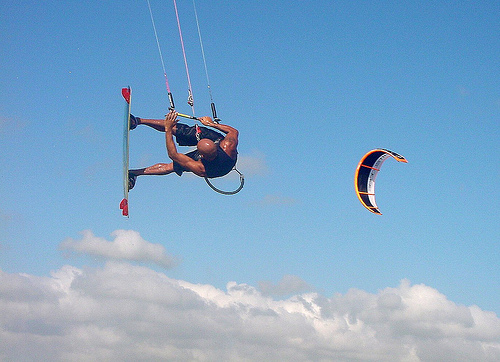
How Long Have People Been Kitesurfing?
Kitesurfing is a fairly new sport, that’s been developing over the past 20 years as kite designs were changed and tested. It really took off in 1997 when a new type of kite, based on inflatable tubes, was developed – as well as a new type of harness. The first real competition was held as recently as 1998.
Watergate Bay in Newquay was ideally set up to grasp the chance to set up an Extreme Sports Academy and include kitesurfing in its activities because it's an extremely long and flat beach, a very wide open expanse of water - and yet on a very windy coast. Watergate Bay is a private beach, operated by the family who own Watergate Bay Hotel and the Extreme Academy - they saw the opportunity and went for it. Offering kitesurfing in Cornwall from Watergate Bay's turned out to be a shrewd business decision because they're also the closest beach to the airport, making it an ideal location for a quick weekend trip for high fliers in the City.
How Fast Do Kites Go?
At the moment, world record speeds are round about 50 knots, which is round about 90Km/h, or nearly 60mph. But these are hardened kitesurfing speed freaks who live for breaking the world record.
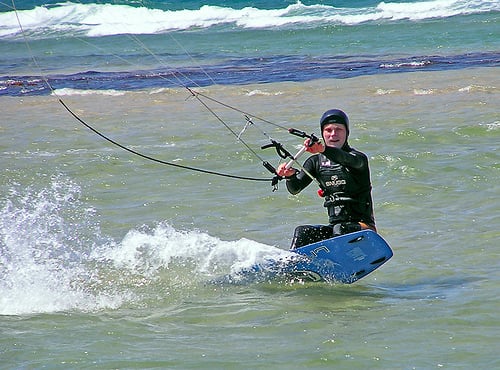
How Far Can A Kite Carry You?
Apart from speed though, it’s possible to travel long distances with a kitesurf – and there are some people who work to break distance records. Many distance records have been set over 100 miles, around the world.
Andreya Wharry is keen on breaking distance records. In September 2005 she kitesurfed from Watergate Bay, Newquay, Cornwall across to Dungarvan, County Waterford, Ireland – that’s 132 miles, which Dreya completed in 8 hours and 6 minutes. For this she won two world records: the longest continuous kitesurf, and, the longest continous kitesurf by a woman.
In 2004, Andreya Wharry kitesurfed from the Scilly Isles (26 miles off the coast of Cornwall), to Watergate Bay in 3 hours, 45 minutes – that’s a distance of 70 miles. The Isles of Scilly Scillonian ferry takes 3 hours to go from Penzance to the Scillies, a distance of 26 miles! So she’s more than twice the speed of the ferry.
You’ll often find Andreya Wharry kitesurfing at Watergate Bay, she’s local to the area.
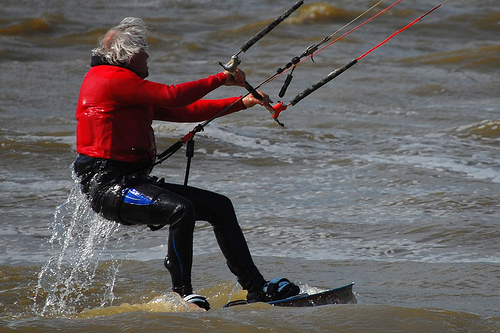
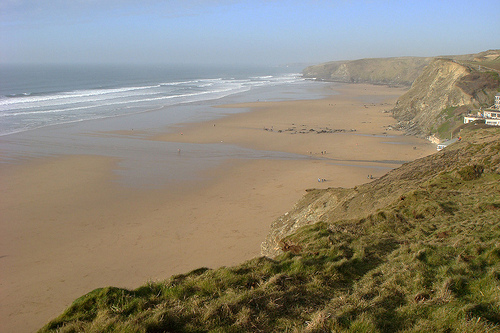
How Long Does it Take to Learn Kitesurfing?
To learn the basics of kitesurfing, a 2-day “beginner to competent” course would be the best route into kitesurfing as a sport, rather than as a one-off bit of fun.
Two days’ tuition would take you from beginner to beyond Level 1, and possibly Level 2, of the IKO standards. This would mean you were competent and safe. After that you can continue to learn on your own, possibly booking 1-to-1 sessions for particular moves you’re finding tricky, or hook up with a local group of keen kitesurfers all helping each other out.
The IKO (International Kitesurfing Organisation) is a worldwide organisation promoting and teaching safe kiteboarding. Level 1 can usually be achieved in 2-4 hours and includes knowing the wind direction and how it’ll affect the kite, hazard spotting – understanding/spotting and minimising hazards, setting up a kite safely, understanding the safety systems, using a trainer kite to learn basic flying skills, assisted launch and land of a trainer kite, twisting/untwisting the kite lines while flying, walk and change direction when flying a kite, understand and know the wind window, setting up a kite, pre-flight checks, in-flight checks, understanding and using the international communication signals, launch and land a kite, control the kite while in a harness, understand the safety systems, advanced flying skills, quick release, kite and bar recovery, self landing.
So – you can see there’s quite a lot to it really!
Can Kids do Kitesurfing?
As a sport, kids can kitesurf - indeed, many kitesurfing families teach their kids to kitesurf with them, but learning within a family of keen kite surfers is different to suddenly going on a course for the first time. As a short-course might not be appropriate for them to go on a course.
Because of the amount of theory that's involved, it's not recommended that children under the age of 12 do a kitesurfing course. Do check with the kitesurfing school that you want to book for more details of what's involved and whether your child is up to the challenge this year or not.
Kitesurfing in Cornwall: Lessons
So, if you want to learn to kitesurf, competently, in order to buy all the kit and enjoy kitesurfing as a sport, why not take a week’s immersion, starting with a 2-day course, then spending the rest of the week practising what you’ve learnt until you’ve got it all sorted.
- 2 day course: £250
On the other hand, if you're looking for a taster session as part of a short break, then a 2-hour taster might be all you need to catch the bug!
- 2 hour taster: £30
You can learn to kitesurf at Watergate Bay, Newquay, Cornwall.
Learn to Kitesurf in Cornwall
Company
| Sample Costs
| Location
|
|---|---|---|
Atlantic Riders
| £30 Taster (2 hours). £250 2-days.
| Watergate Bay, Newquay, Cornwall
|
Ocean High
| £50 Taster. £185 2-day LKO Course. £250 3-day LKO Course
| Marazion, Penzance. Cornwall
|
Mobius
| £65 Taster (2.5 hours). £270 3-day IKO Beginner Course.
| Various locations across Cornwall
|
Pasty Adventures
| £50 Taster (3 hours). £200 2-day Beginner Course.
| Gwithian/Hayle, or, Marazion/Penzance
|
Photography by:
Wolf359: Kitesurfing
Simon Blackley: Kitesurfing
Michele Testini: Kitesurfing - Airborne
Funkoolow: Kitesurfing
Steve Wilde: Watergate Bay, Newquay, Cornwall







